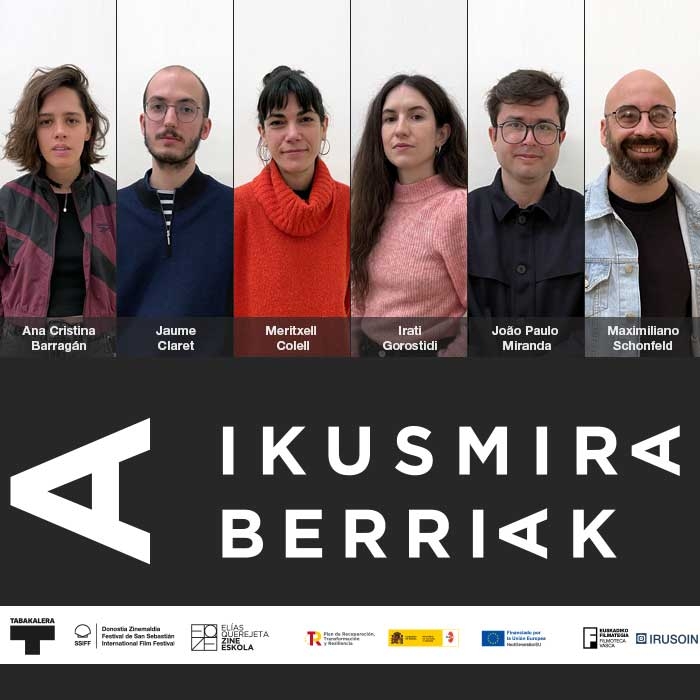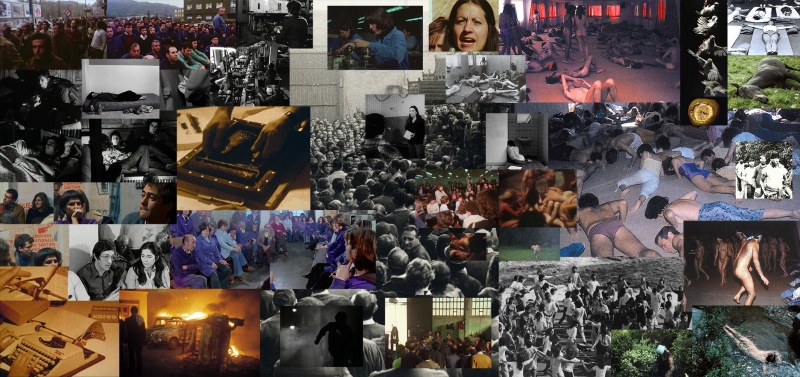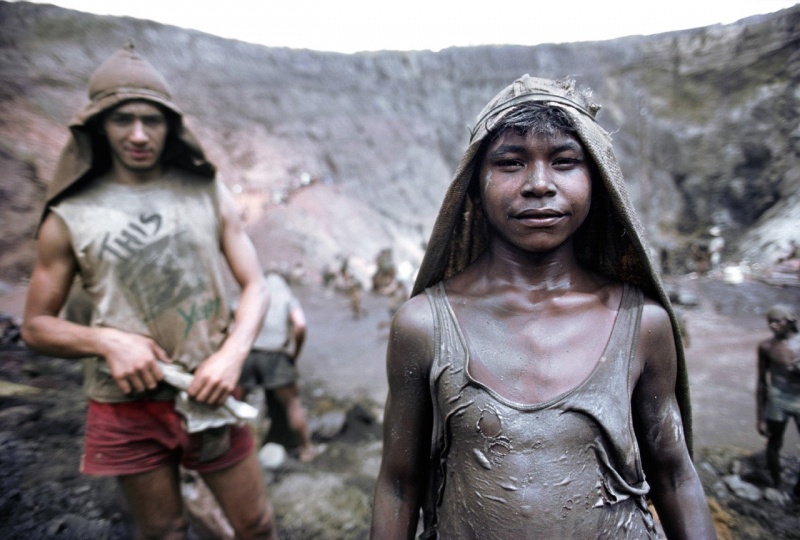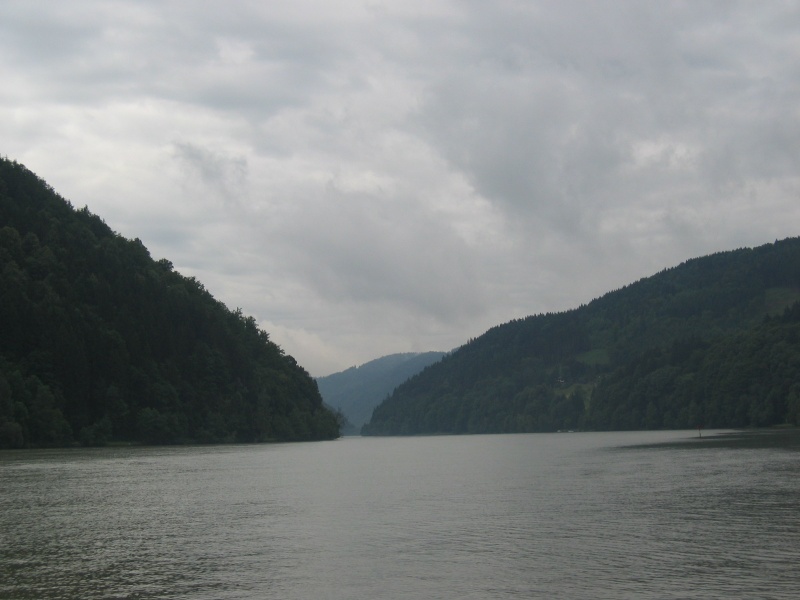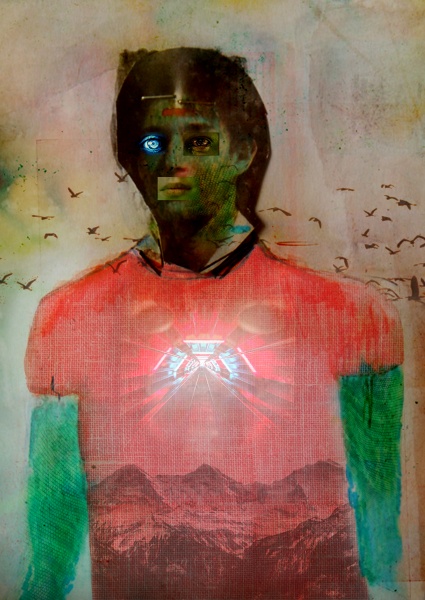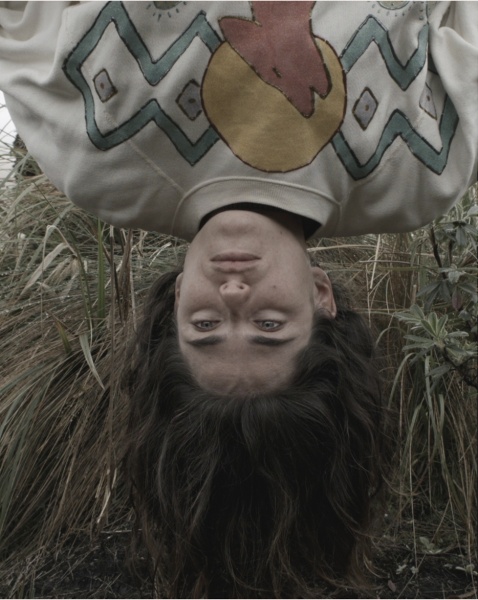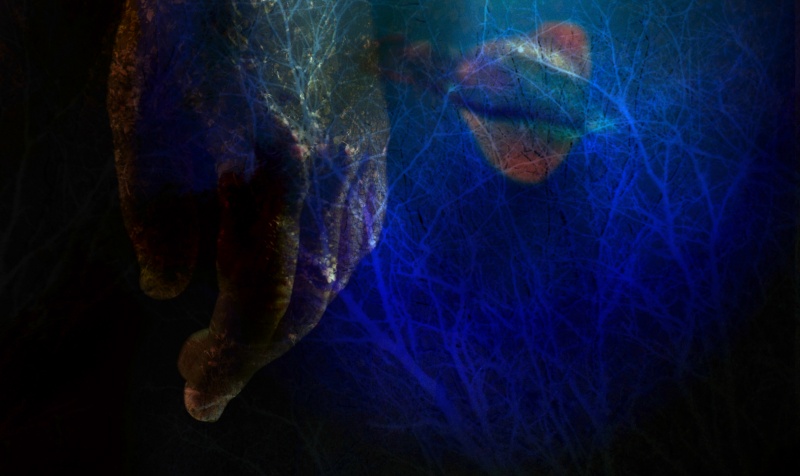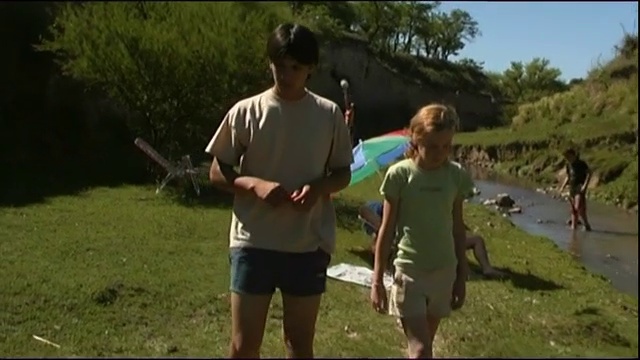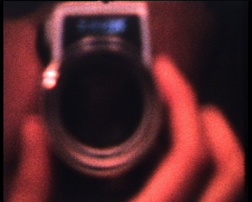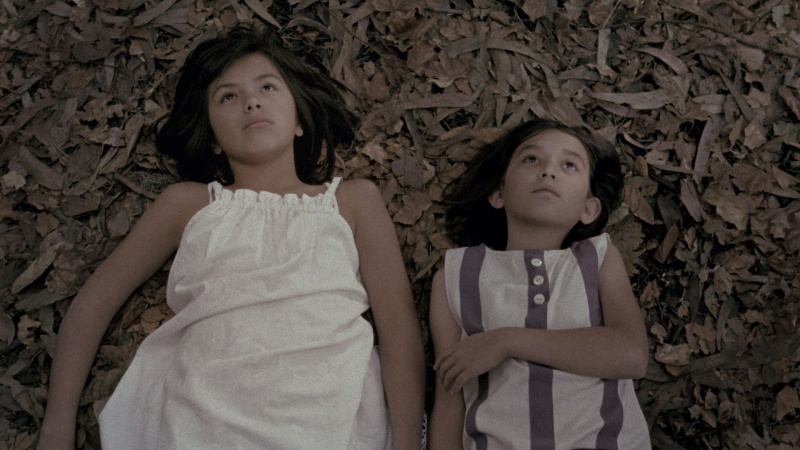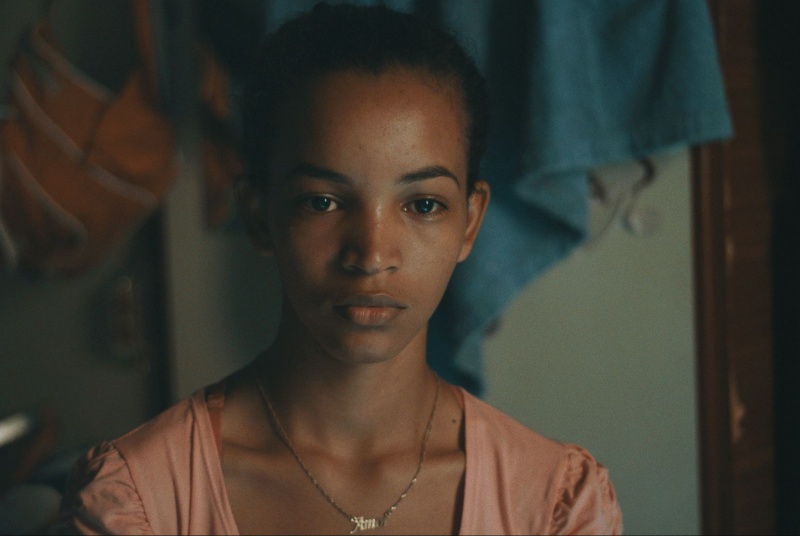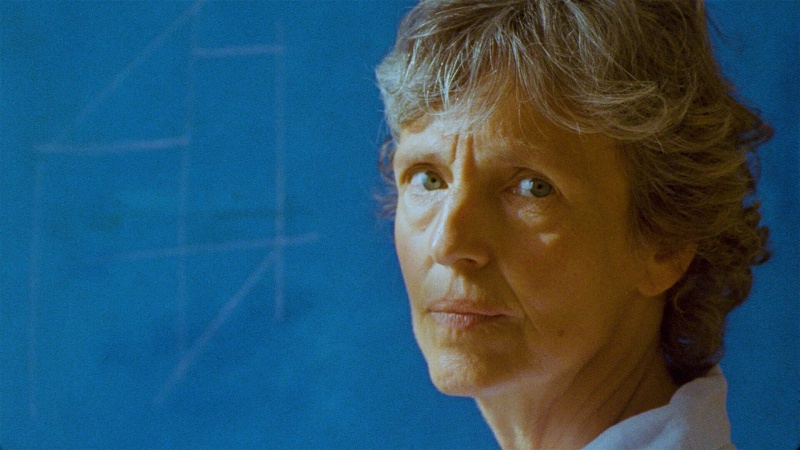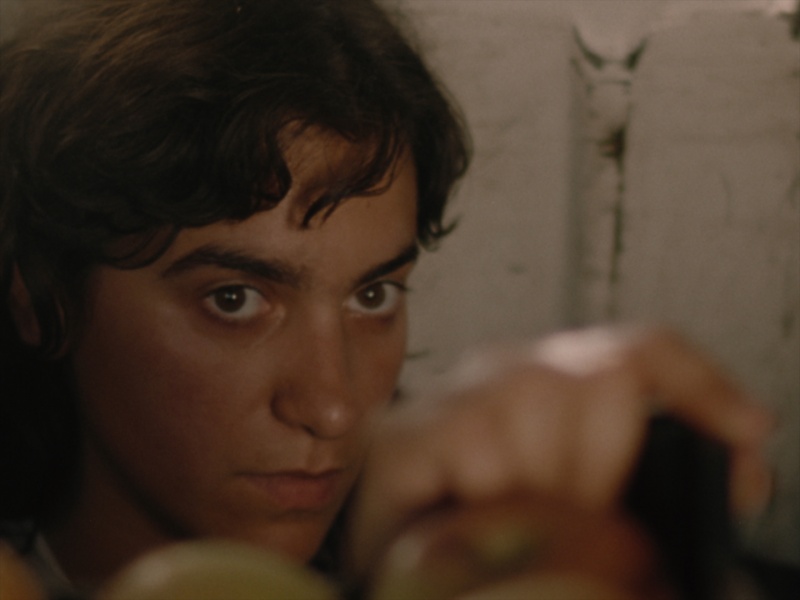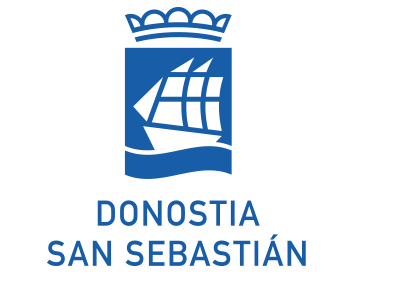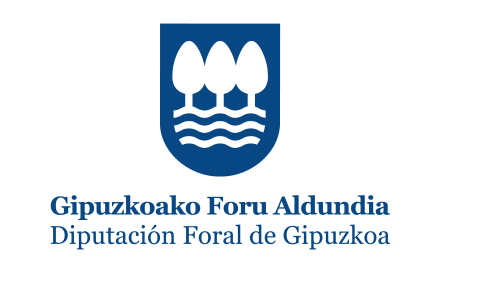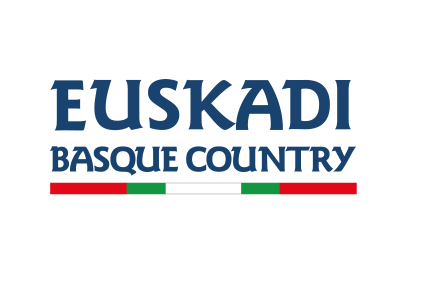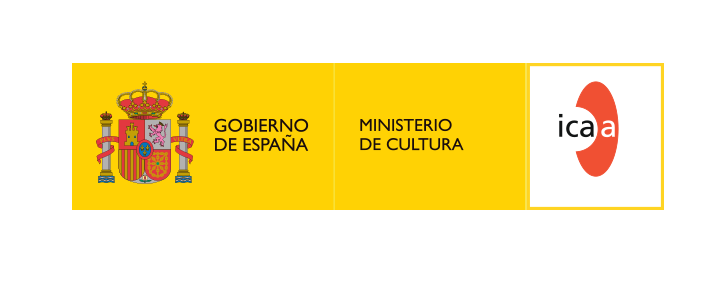They will be accompanied in person by Olimpia Pont Cháfer, Javier Martín and Sergio Oksman and will enjoy online tutorials of Elena López Riera, Jean-Gabriel Périot, José Luis Torres Leiva, Lucile Hadzihalilovic, Fernanda del Nido and Paolo Moretti
On April 9, residents will show their earlier works at a Zinemaldia + Plus screening
Ikusmira Berriak, the programme of residencies and audiovisual project development organised by the San Sebastian Festival, Tabakalera International Centre for Contemporary Culture and the Elías Querejeta Zine Eskola (EQZE), has increased from five to six the number of calls and this year, for the first time, those selected to develop their projects in San Sebastian will enjoy additional personalised tutorials by professionals including Elena López Riera, Jean-Gabriel Périot, José Luis Torres Leiva, Lucile Hadzihalilovic, Fernanda del Nido and Paolo Moretti. Thanks to this new feature and other measures promoted in recent years, Ikusmira Berriak continues its search for new talent, offering enhanced accompaniment to filmmakers from all over the world.
As announced in December 2021, the projects chosen for the eighth edition of Ikusmira Berriak are those of Ana Cristina Barragán, Jaume Claret, Meritxell Colell, Irati Gorostidi, João Paulo Miranda and Maximiliano Schonfeld, who, from March 14 and until April 24, will use their time in San Sebastian to work on the development of their projects-to-be. And on April 9 they will present some of their earlier works at a Zinemaldia + Plus showing in the Tabakalera cinema.
During this first stage running for six weeks at the Tabakalera Artists’ Space together with creators participating in other artist residencies, they will be given the necessary tools to start developing their projects. Each filmmaker will be accompanied by one of the three members of the committee of experts —Olimpia Pont Cháfer (film industry consultant), Javier Martín (consultant and member of the San Sebastian Festival selection committee) and Sergio Oksman (film director, producer and professor)— who will analyse their works in situ while giving them advice from a multidisciplinary point of view. As a new feature, this year the residents will be assisted by a tutor providing them with the personalised monitoring of each project, adapting to their requests and requirements through online sessions.
Thus, the director from Alicante Elena López Riera will accompany Meritxell Colell (Barcelona, 1983), selected in Ikusmira Berriak’s Spanish category to develop her third feature, Lejos de los árboles / Far from Trees. The French moviemaker Jean-Gabriel Périot will give his advice to Navarra’s Irati Gorostidi (Valle de Egües, 1988), who participates on behalf of the Basque Autonomous Community with her feature debut, Anekumen. The Argentine filmmaker José Luis Torres Leiva will mentor Ana Cristina Barragán (Quito, 1987), selected to represent the third round of students graduating from the Elías Querejeta Zine Eskola (EQZE) with La hiedra, while the French moviemaker Lucile Hadzihalilovic will do the same with Frankenstein by Maximiliano Schonfeld (Crespo, Argentina, 1982), selected in the international category. Also in the same category is the Brazilian João Paulo Miranda (Porto Feliz, 1982), who will work on Bandeira in company of the director of the Cannes Directors’ Fortnight, the Italian Paolo Moretti. Finally, the Argentine producer Fernanda del Nido will accompany Jaume Claret (Barcelona, 1998) as he develops Estrany riu / Strange River in the Nest category.

Given that screenwriting is one of the main tasks developed at the residency, Ikusmira Berriak will also offer the chance to attend a workshop by the screenwriter Fran Araújo. And in another online session the participants will receive information on the subject of grants and calls from Vanesa Fernández Guerra, consultant and director of the Zinebi Festival.
The San Sebastian Festival, Tabakalera and the Elías Querejeta Zine Eskola therefore continue to boost the Ikusmira Berriak residencies, which have grown in recent years as regards the number of residents, projects and resources. While in the first editions only four filmmakers were selected, the figure has risen to six for the eighth edition. Similarly, the residence time is also longer and now runs over a seven month period with an 8-week (previously six) stay split into two stages: six weeks in March and April, and two in September, coinciding with the dates of the San Sebastian Festival where the projects are shown to industry members at a more advanced stage.
For the last few years each resident has also received a development grant of €5,000 in June enabling them to continue to work on their project between the two periods of the residency. During this intermediate period they continue to receive online assistance from the committee of experts. Finally, the Irusoin production company gives the Irusoin Post-Production Award to one of the selected projects including post-production work on the sound, colour and graphics until obtaining a DCP master.
The residencies programme has continued to evolve as interest in the initiative grows, having risen from the 32 projects submitted for its first edition in 2015 to the 281 presented this year. Also following a rising trend is the number of participations and awards bagged by the projects at numerous international events. Amongst the most recent are El gran movimento (Kiro Russo, 2021), who participated in San Sebastian Festival’s Zabaltegi-Tabakalera section after winning the Special Jury Prize in the Orizzonti section of Venice Festival, also winning best director at the Bosphorus Film Festival. Eles transportan a morte / Ellos transportan la muerte (Helena Girón, Samuel M. Delgado, 2021), winner of a special mention in the Zabaltegi-Tabakalera section, also received the Award for Best Technical Contribution at the Venice Critics’ Week amongst several others, including Best Director at Cinespaña Toulouse 2021. In addition, 918 gau (Arantza Santesteban, 2021) won the City of Lisbon Best Film Award at DocLisboa 2021 as well as best Film in the TFFDoc / Internazionale.doc section of the Torino Film Festival and the Special Public Award and Special Jury Mention at the Punto de Vista Festival. Precisely, on April 3, Arantza Santesteban will participate in the Cine Hablado season with the screening of 918 gau at which she will explain how the film was made.
NEW ZINEMALDIA + PLUS SCREENING
On the other hand, since last year, the monthly Zinemaldia + Plus focus makes the most of the start of the Ikusmira Berriak residencies to programme some of its protagonists’ former works. The Tabalakera cinema will therefore host, on April 9 at 19:00, the presentation by Schonfeld of Esnorquel (2005), while Colell will participate with Manuscrit a la ciutat / Manuscrito en la ciudad (2006) and Barragán with show Domingo violeta (2010). For his part, Miranda will show A moça que dançou com o diabo (2016), Jaume Claret Ella i jo (2020) and Gorostidi will present Unicornio (2021).
| IKUSMIRA BERRIAK VIII: Current projects of the residents |
Donostia-San Sebastian, 1978. A group of libertarian militants gather to print a statement in view of the imminent signing of a controversial collective bargaining agreement. At the factory where they work, it is obvious that the growing unionisation of the workers’ movement has driven their radical political project to irrelevance. Disillusioned, they progressively direct their revolutionary endeavours towards the most intimate areas of their lives. The most radical among them decide to leave the factory and join a free-thinking commune in the mountains of Navarre.

"Anekumen focusses on the move of revolutionary principles to the most private areas of life. Set in the time when workers’ autonomy was developing in the 70s, it explores their hostility towards the assembly processes and fragmentation of the workers’ movement, observing one of the most typical reactions to political deception: the search for a reduced and isolated model of society in which to be able to put their political ideals into practice, taking a deeper look at the complex contradictions involved in that road.".
Irati Gorostidi, director
Bandeira tells a story about fatherhood and the presence of violence through generations and generations in a family. It takes place in a forest, where João runs away to his father's house, Ze, with his wife Cecilia and his disabled son Jonas, who is accused of having seriously injured another child. Bandeira is the search of a father to understand his own son and to accept that he is not designed to respect the rules of our society. This son might be closer to nature than to the human world. It’s a personal story inspired by my own relationship with my son and my father, and by the rooted violence of my country, Brazil.

"The central point for me is the conflict between the 'savage' and the 'civilized', where the exception has no space in society and has to hide in the most primitive place possible. Through all of my films I have always tried to shed light on the so-called excluded, those who are persecuted and rejected by society. In this film I want to go beyond, bringing something more personal to confront the ghost of violence present since past generations in my country".
Joâo Paulo Miranda, director
Didac (15) and Biel (13) ride their bikes along the banks of the Danube with their family. The two brothers are inseparable and together they share their sexual awakening. But the relationship suffers when Didac starts seeing Alexander (18) in the water, who appears and disappears like a river ghost. Didac, like the Danube, is growing in leaps and bounds and starts to feel a strong desire for the mysterious boy. Biel, however, sees how his brother is growing away from him.

"Every summer my family and myself would cycle along the banks of a different European river. Those rivers conditioned the way my childhood and that of my siblings progressed towards our youth. With Estrany riu I want to reflect on masculinity in brotherly relations. It is an investigation into the sexual awakenings of two siblings and the loss of the elder brother as a reference. The way I address cinema is by means of architecture and spaces. In this case, Estrany riu is developed based on the geography of the Danube. The river that starts out being no more than a stream and that widens at the same time as Dídac grows up".
Jaume Claret, director
What do a young boy in love in the mountains and a caged thrush have in common? A couple of men on a farm looking for a son and a dog obsessed with burrows? A man searching for a friend to join him in the local town festivities and a gang of bikers who don’t want to go home? A swamp in the north that reflects all the stars at night and a father who remembers the Balkan wars? A fox and a desert in Catamarca and working the land in Patagonia? The Mapuche resistance, lost languages and fishing boats in the Argentine sea? Frankenstein.

"During the time that I worked with the writer Selva Almada, a number of concerns arose within me in regard to the clash between the word and the image. To the strictly literary and the cinematic. To their movements and their insuperable forms where we always proceed from polarity and experimentation. And precisely when shooting the film with Selva I re-read certain fragments of Frankenstein that I had underlined in Mary Shelley’s book. Above all the chapter where the Monster surreptitiously observes the daily routine of a family on the farm and who, through this observation, learns language, work, love and sadness. In my imagination, that farm was very similar to those in Entre Ríos that I had so often filmed. The book, like the film, proposes a voyage through landscapes and modes of existence, detours and fragile, almost invisible contours. And the same question: is there some kind of plan for us?"
Maximiliano Schonfeld, director
At the age of 31, Azucena decides to look for the son she abandoned after getting pregnant at the age of 13. Julio, an 18 year-old boy, is in his last year at the orphanage and looks the same age. Azucena decides it is him.
The Ivy has a unique scent created by the tenderness, the Oedipus complex, the mother-son relationship from the angle of instinct and the ties between these two strangers.

"I am interested in films which, more than just a story, carry a smell, a unique flavour in their atmosphere, in their oddity, in the invisible depths of their little occurrences. When I direct I think a lot about bodies. About their clumsiness, about touch, about the expressiveness of hands, about all those things we can’t see, but that we can feel. The body of a son and a mother who look the same age, the sleeping body; what happens beneath the eyelids, the place to which the film has no access. The bodies of the other orphans inhabit this story, the collective masturbations, the games and the animality".
Ana Cristina Barragán, director
Angélica embarks on an epic journey to the heights to create a sound map of the Andes. With her are two guides, great experts in the high Andean plateau. By day Angélica records stories, tales and songs. By night, she listens to the magnetic tapes she has recorded before proceeding to weave them. Insomnia, altitude sickness and knowing that her 98-year-old grandmother is sick in Mexico nudge her into a dreamlike state where voices invade her and she reconnects with her Mexican childhood. A story where fantasy and reality join hands to talk about loss, uprooting and the legacy of exile. A journey through the past and future for the navigators of impossible travels.

Meritxell Colell, director
| SCHEDULE - IKUSMIRA BERRIAK: NEW RESIDENTS - Saturday, April 9, 19:00h - Cinema (Tabakalera) |
A selection of previous works directed by the residents of Ikusmira Berriak 2022.
Entrance 4,00 €
Esnorquel is the daily portrait of a group of young people living in a village in the province of Entre Ríos. Music and first loves are spread during the summer and popular festivities.
Manuscrit a la ciutat is a portrait of the city of Buenos Aires that starts from a personal experience: a trip in search for a life away from home. This film is not a record of the city, but an approximation to the everyday life seen through a poetic look.
On a Sunday morning, Ana wakes up in a house without her mother. She is alone with her sister Violeta, often strange and very playful. The mysterious fraternal relationship in the border between rivalry and complicity puts track in the siblings and helps them grow up.
A girl from a very religious family seeks about her own paradise.
Queralt, a painter from Barcelona, tries to talk to her daughter Gemma on the phone. Gemma is starting a new life in Athens, in a studio where she paints and lives.
In her escape, M. takes refuge in an abandoned house. Amidst the echoing sounds of her efforts to get adjusted to the place, she distinguishes footsteps outside that prompt her to open the door. A fortuitous visitor, who will become her shelter companion, steps into the house.

Organizers

Funded by

Collaborators


